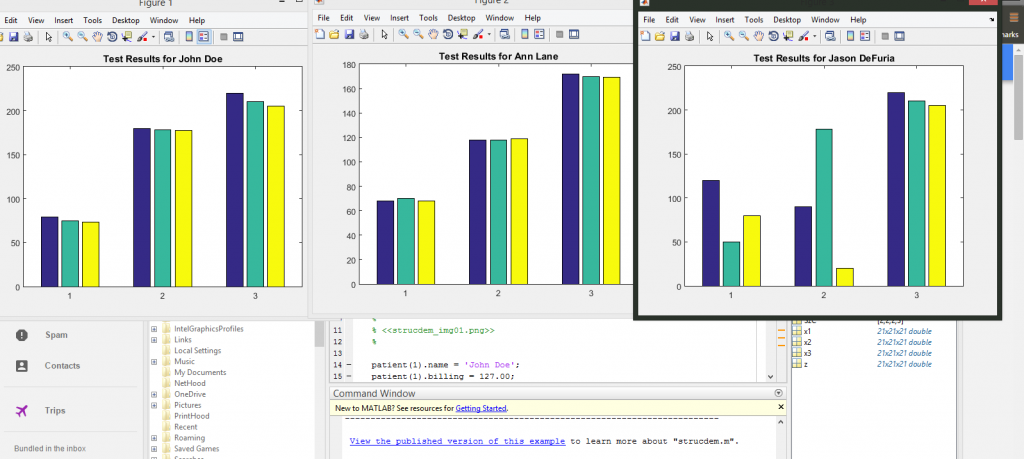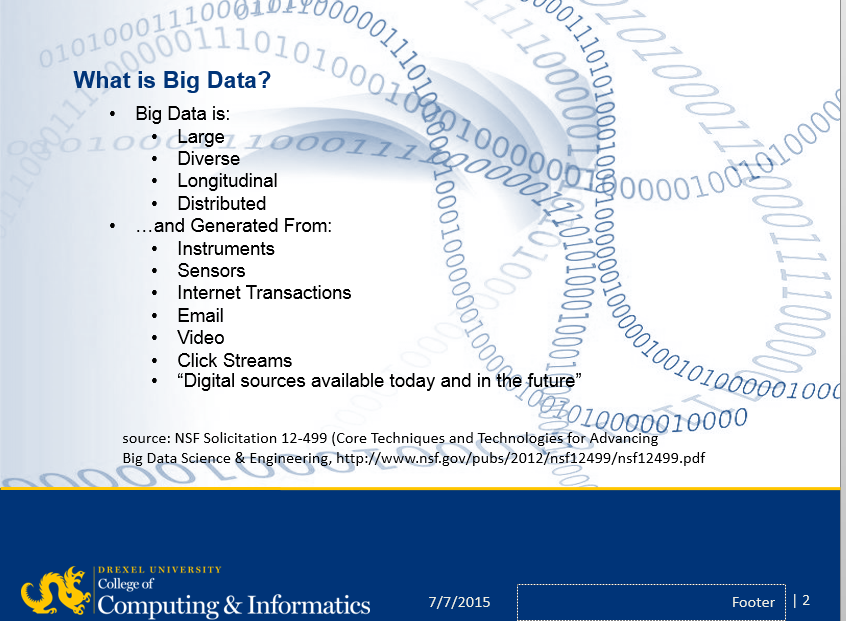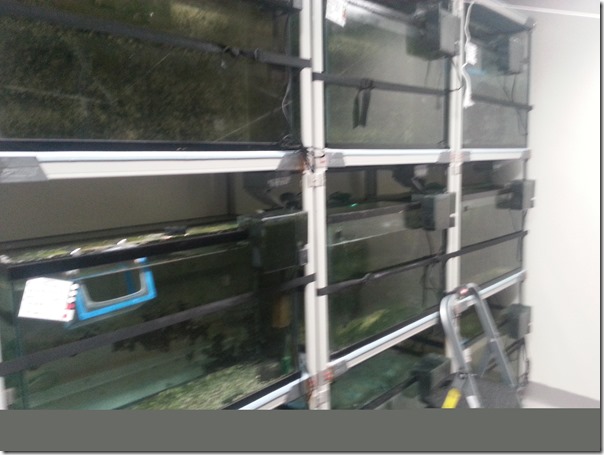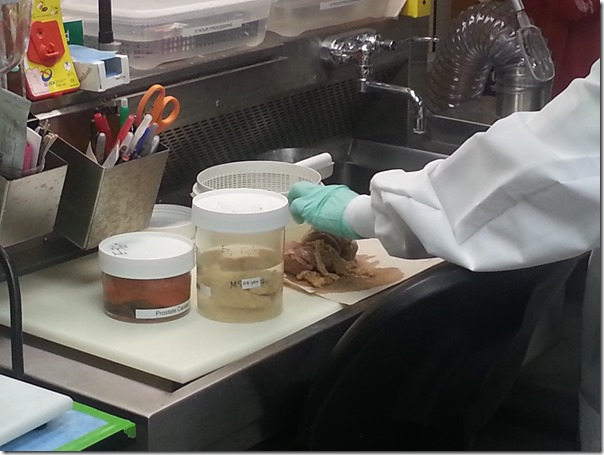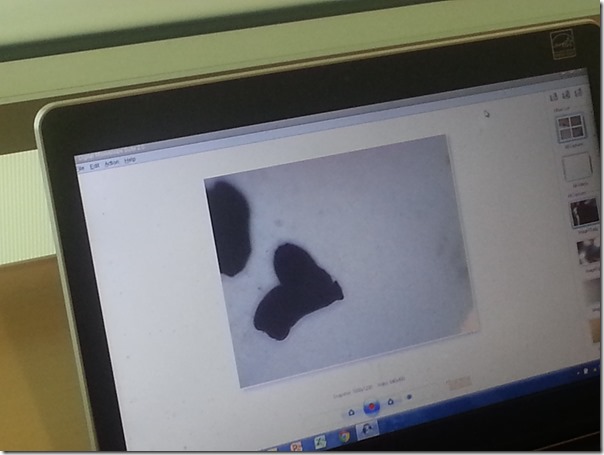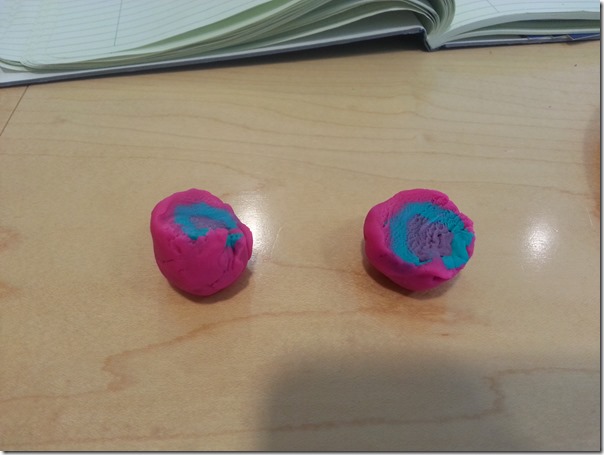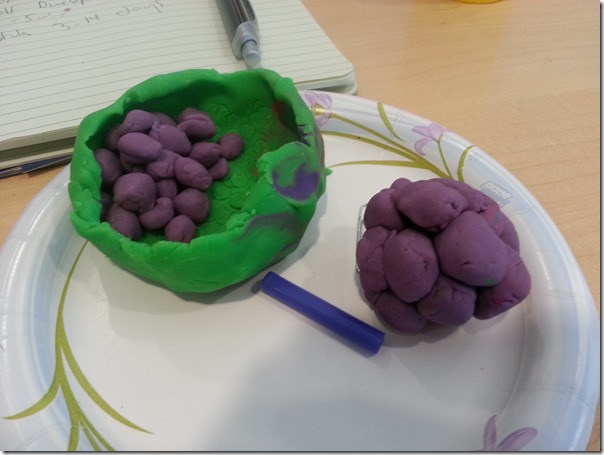We began today by taking the Dragon Shuttle to the Med School, which is a bit more difficult than you would imagine. Last week, we went to the wrong stop on 33rd (we were at 33 and Market)- and the stop was moved to 33rd and Ludlow. By the time we realized our error and walked over, we missed the bus, so we had to wait for the 10:15am bus. We did manage to make it to our meeting on time with that bus, but it cut it close (we walked in 10:29 for a 10:30 meeting).
So this week, we skimmed the listings and found out it was about every 15 minutes or so. It turns out, though, that there is no 10am bus. In fact, the (rude) woman made sure to point this out to us very loudly. So again, we had to take the 10:15am Drexel Dragon Bus. And we made it there right in the nick of time again.
We went through everyone’s projects in the laboratory. It was a smaller meeting than usual, as Dr. Mark Zarella was out of town, and Dr. Fernando Garcia came a bit late due to all of his responsibilities. Everyone’s projects are moving along. Wenyu is working on watershedding the cancer cell images to get better segmentation. I think the flaw is he is using binary images instead of greyscale images, which is making his job difficult.
Ben is working on something- he didn’t have much to report. Zahara is working on trying to find the function that explains the cell clumping with her synthetic data.
Ben was able to grab me some of the data on a flash drive. Andre provided me with the standalone MATLAB file, which needs to be edited, but I managed to get relatively “working.”
I spent the afternoon trying to figure out how to put the correct “For Loop” in MATLAB, with little success. Ultimately, I did managed to get it to random select files, but I can’t sequentially go through them (yet).




